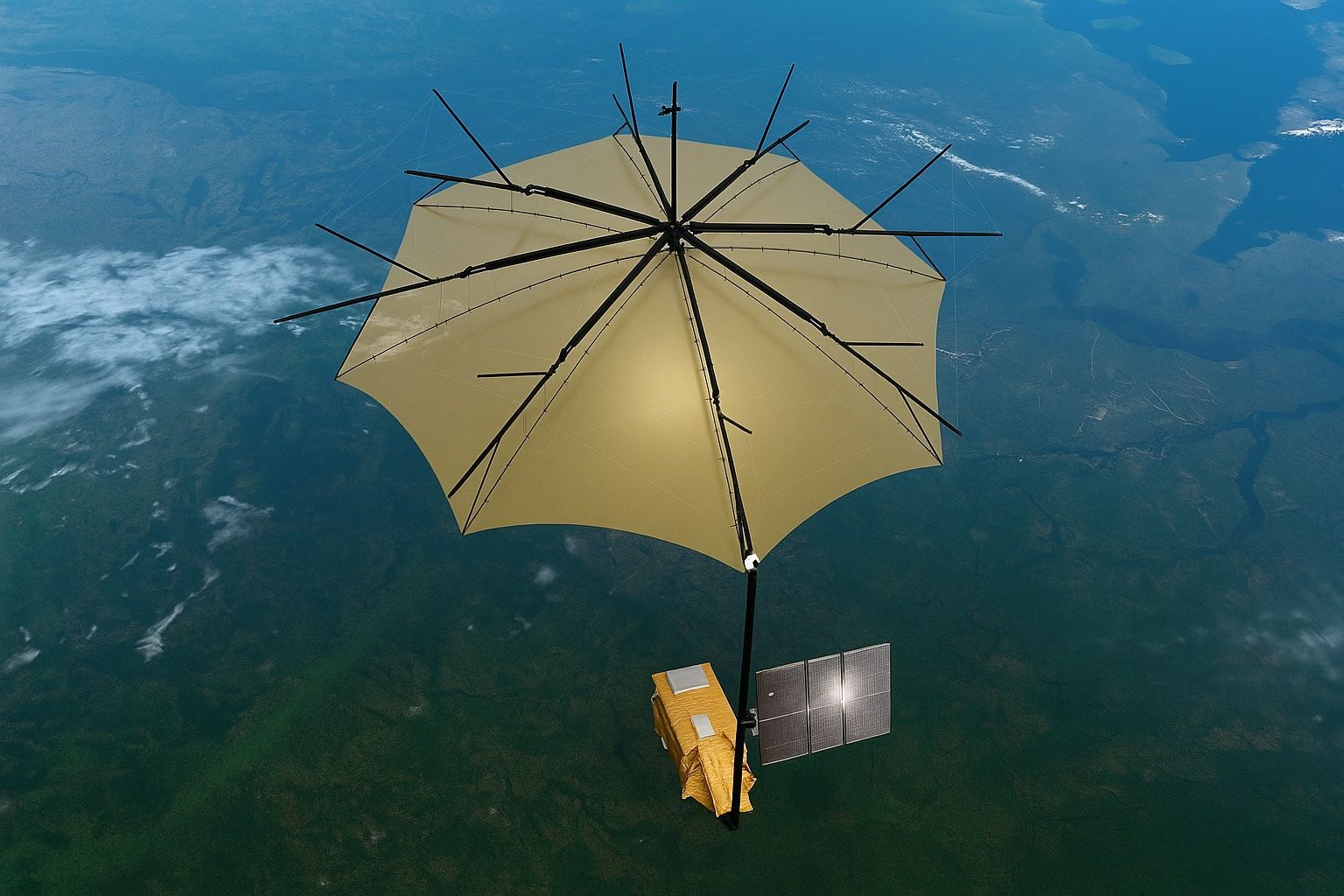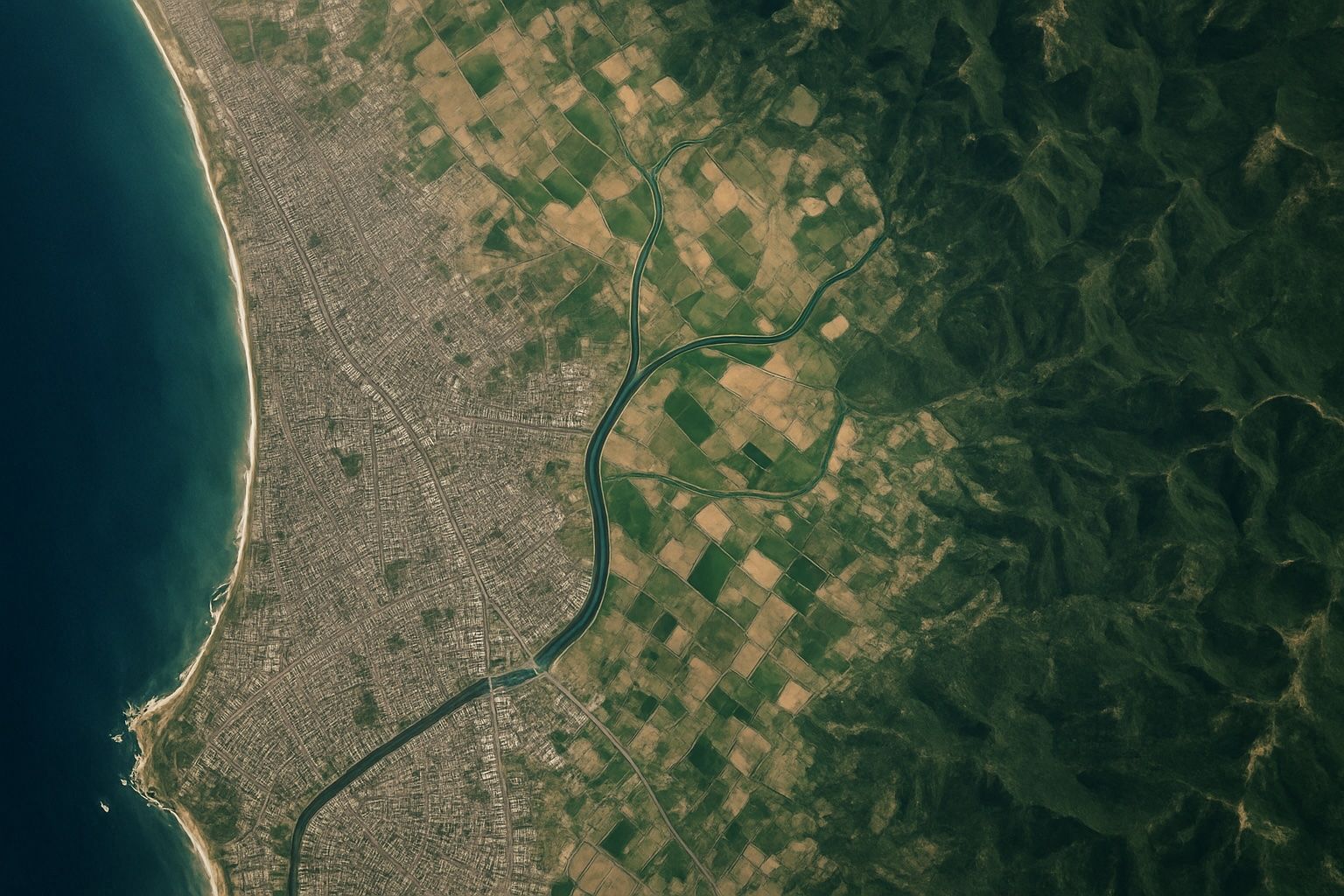
Scanning the Canopy: ESA’s Biomass Radar Craft Maps Global Forest Carbon with P‑Band Vision
Biomass was selected in May 2013 as ESA’s seventh Earth Explorer mission to quantify forest carbon from space. The mission uses a P-band synthetic aperture radar at ~435 MHz (about 70 cm wavelength) with a 12-meter mesh reflector deployed in



